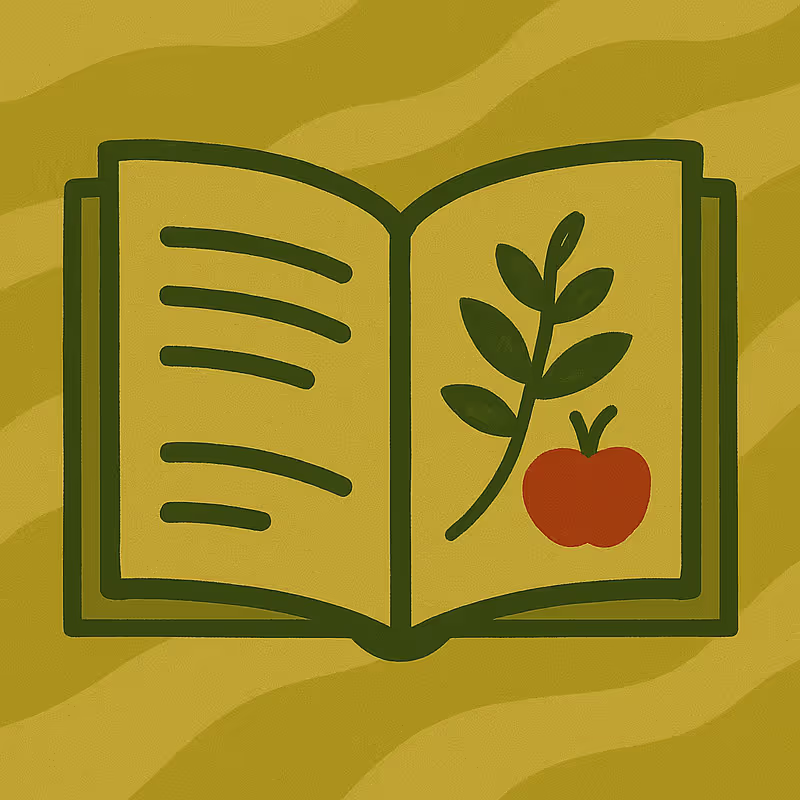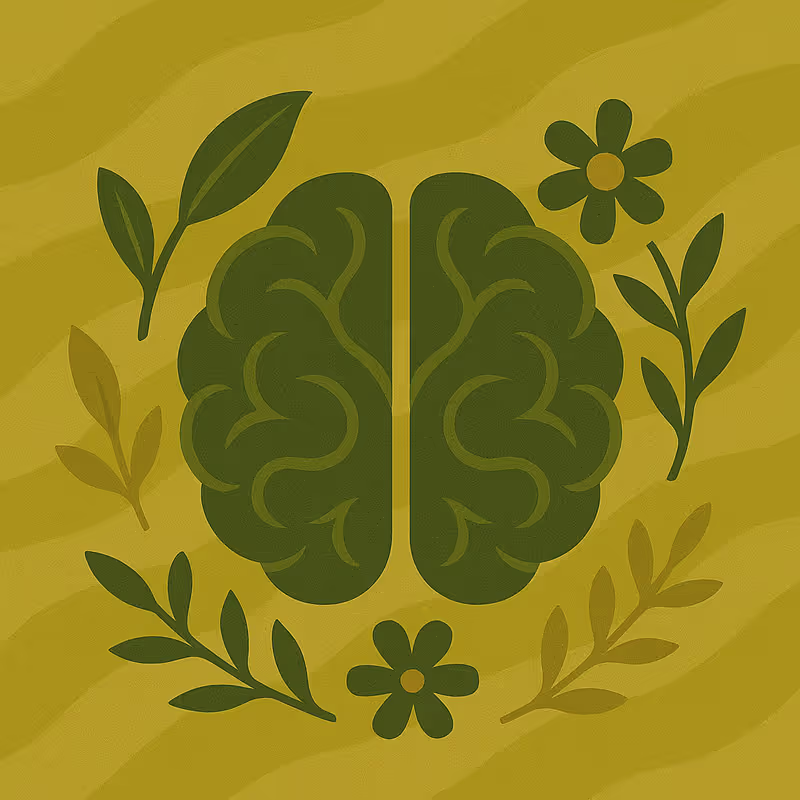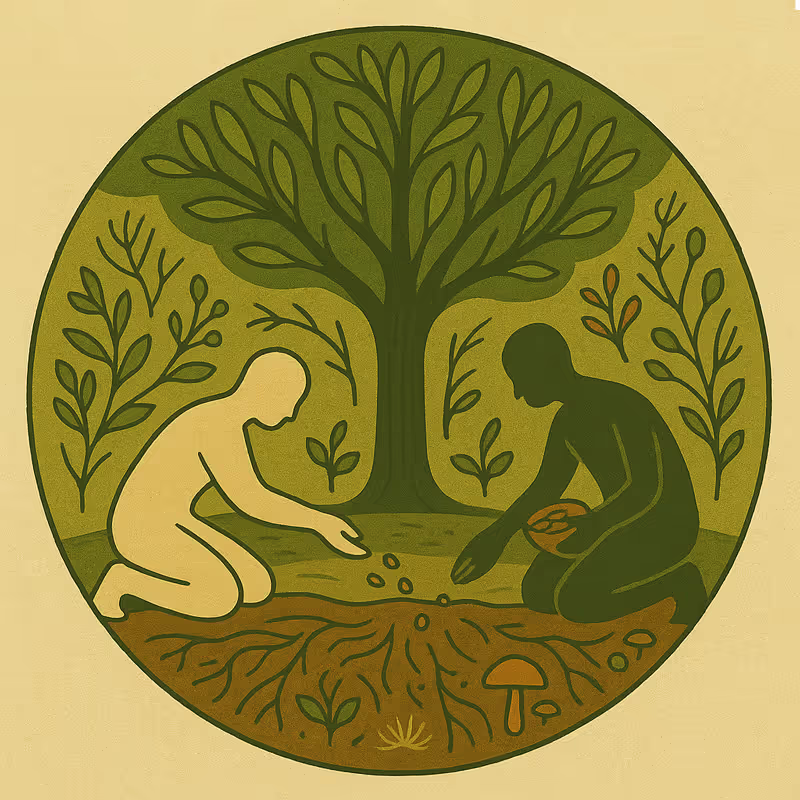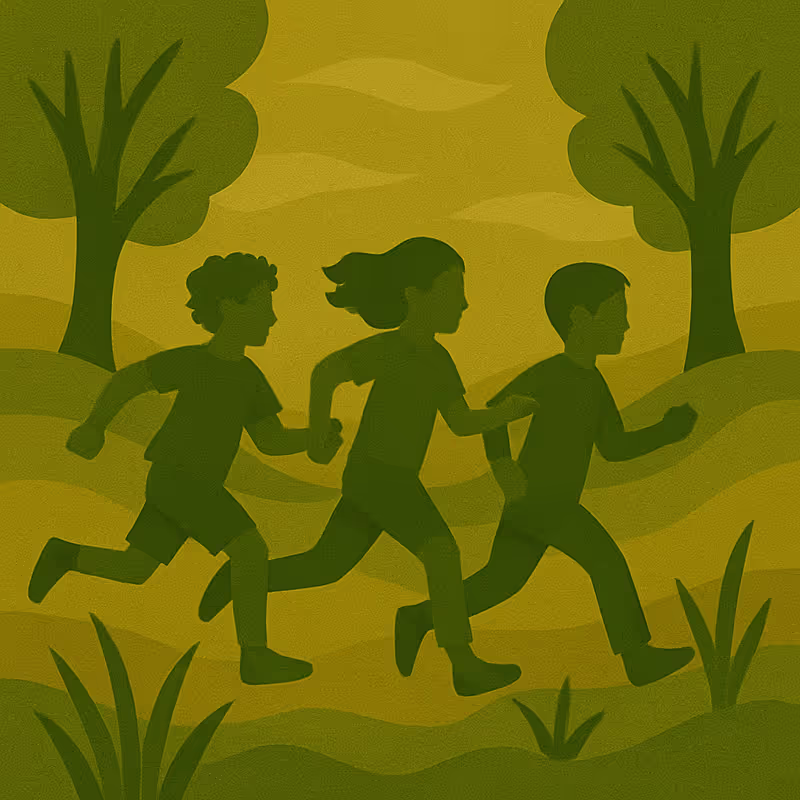Learning objectives:
- Learn about the extent of biodiversity loss globally
- Understand how and why ecosystems suffer from biodiversity loss
- Know how biodiversity loss affects human health and wellbeing
Biodiversity in decline
IPBES is an independent intergovernmental organisation that synthesises global scientific knowledge to inform policy on biodiversity. Their 6th Global Assessment Report (2019) presents a stark picture of global biodiversity loss.
Key findings include:
- At least 20% of native species in terrestrial ecosystems have already been lost.
- 25% of plant and animal species are at risk of extinction globally.
- Up to 1 million species could become extinct within the next decades.
This rate of extinction is unprecedented in human history. It is 10 to 100 times higher than average extinction rates over the past 10 million years (WHO, 2025).
This crisis affects not only ‘wild’ species but also domesticated ones. Of roughly 6000 domesticated species globally, 559 have gone extinct and 1000 more are at risk of extinction (IPBES, 2019).
To visualise this, the Biodiversity Intactness Index (Natural History Museum, 2020) maps how severely biodiversity has been affected by human activity and presence. In the map, lighter areas indicate regions with greater biodiversity loss, while darker areas represent higher biodiversity intactness.

The Biodiversity Intactness Index shows the global scale of biodiversity destruction. Very few areas remain largely unaffected by human activity. Conservation efforts are now focused both on protecting remaining high-biodiversity ecosystems and on restoring those that have been significantly degraded.
Ecosystem instability and the biodiversity feedback loop
Biodiversity loss is not just a symptom of environmental degradation: it destabilises ecosystems, creating a positive feedback loop of ecological decline.
Think of an ecosystem as a web of connections. Each species depends on other species – for food, shelter, protection – and is, in turn, depended on. In this web, each species is a strand that connects other species together. If you remove a few species, the web might still hold. But remove too many, or a few critical ones that link many species together, and the entire system begins to fail. If too many important species are lost, the ecosystem can collapse.
When ecosystems become unstable, their species grow more vulnerable to disease and invasive species, increasing the likelihood of their extinction. This increase in extinction risk further increases ecosystem instability, which increases the likelihood of extinction, and so on.
Each additional loss of biodiversity compounds instability, leading to accelerating ecological collapse. Because of this self-reinforcing loop, acting rapidly to halt biodiversity loss is crucial.
Biodiversity loss and human disconnection from nature
Our disconnection from nature has been identified as one of the root causes of the environmental crises that we’re facing.
Not only do we have fewer opportunities to spend time in nature, but we are also less inclined to do so. This is a systemic issue that requires sustained policy interventions, such as increasing green spaces in urban areas and making them accessible to all and promoting educational programmes for youth and families to (re-)connect with nature (Richardson, 2025). These are all measures that we can advocate for with public authorities.
But you can begin strengthening your own connection to nature and help others do the same right now. Especially as an educator, you can (continue to) foster your students’ awe and appreciation for nature and for everything that it brings to us. Any action that revives the feeling that we are part of, and not apart from the rest of the living world helps weave back the emotional, social and ecological connections needed to protect biodiversity and all forms of life.
Impacts of biodiversity decline on human well-being
Biodiversity loss directly impacts people by degrading ecosystem services, which are the systems that sustain human life and health.
The most immediate effects include (WHO, 2025):
- Reduced reliability of food and water, due to the collapse of systems like pollination, nutrient cycling, and water purification.
- Increased public health risks, particularly the spread of infectious diseases.
One striking example is the COVID-19 pandemic. Major drivers of the outbreak included wildlife exploitation and land-use changes (OECD, 2021) which disrupted ecosystems (Lawler, et al., 2021). This created ideal conditions for zoonotic spillover, where diseases jump from animals to humans.
As ecosystems continue to destabilise, the risk of future pandemics rises.


















